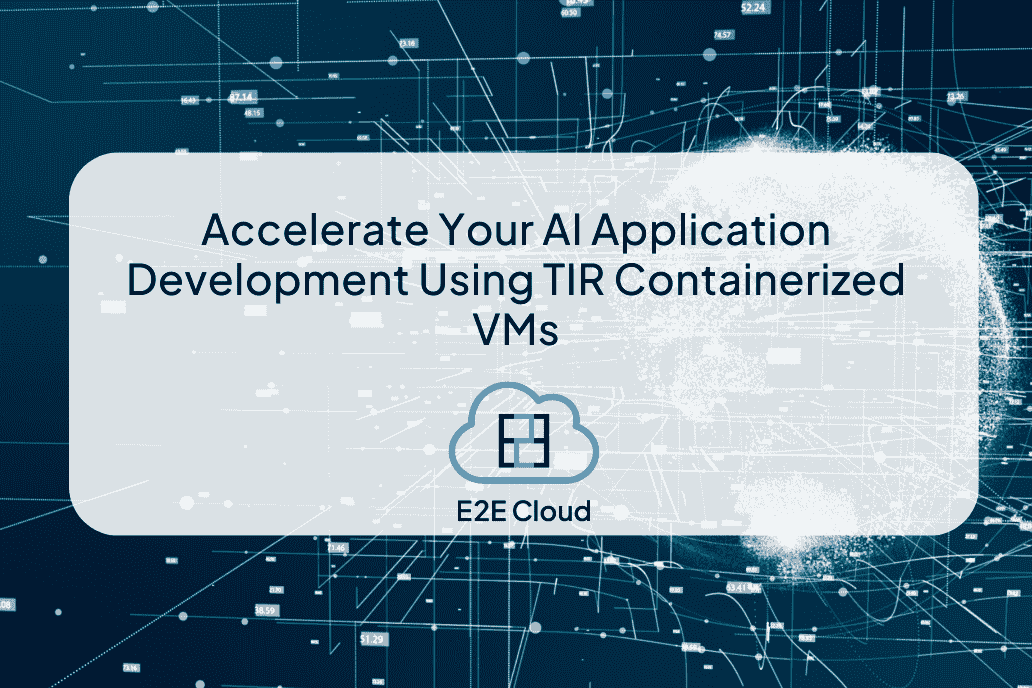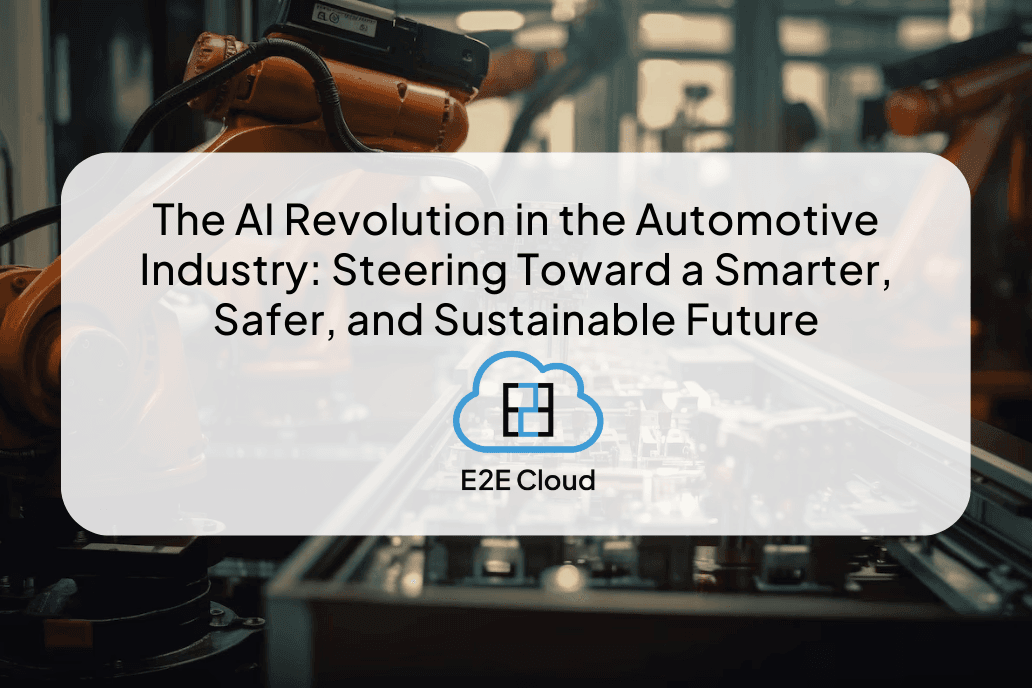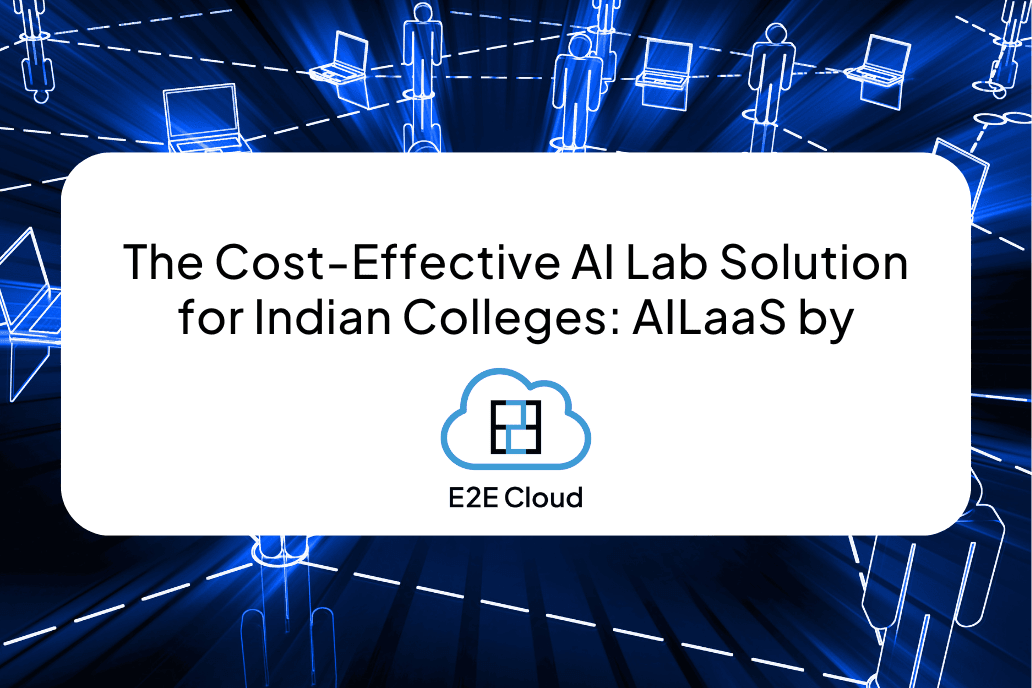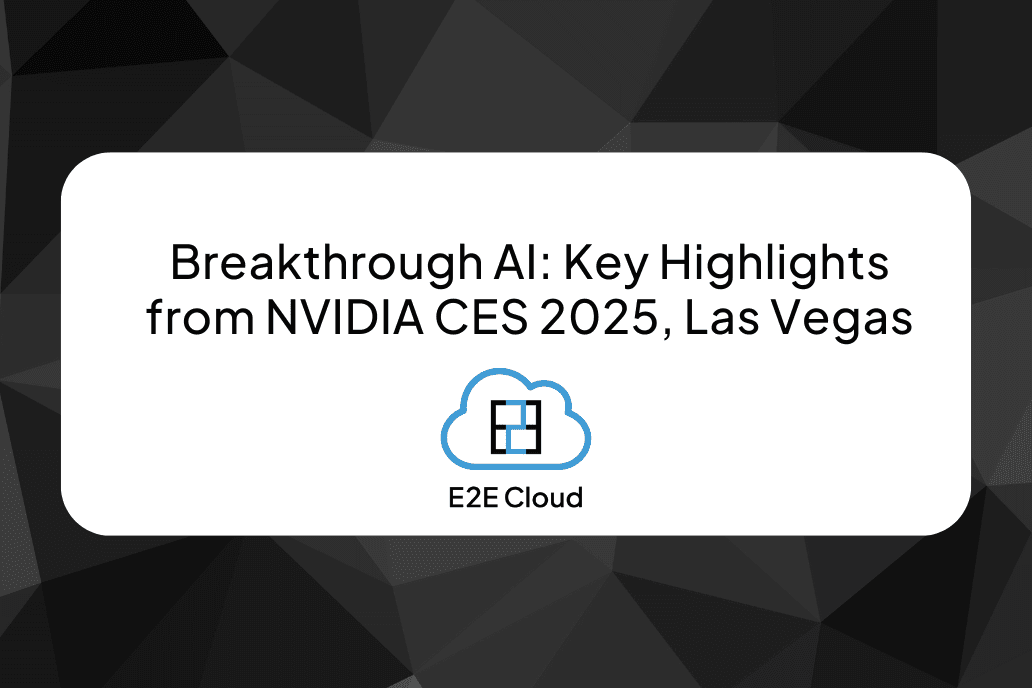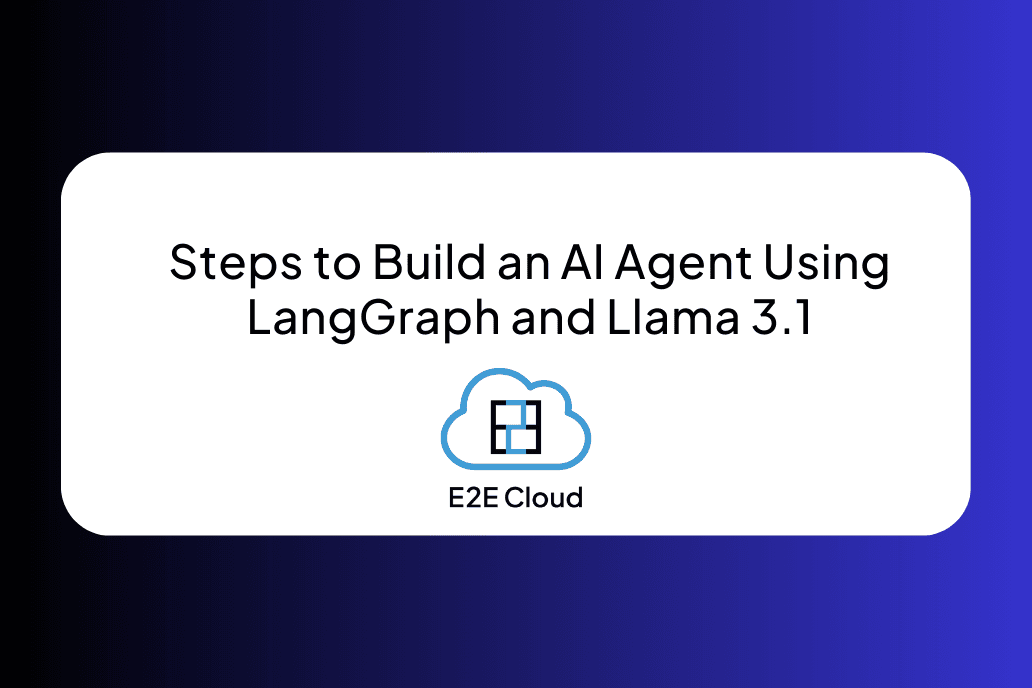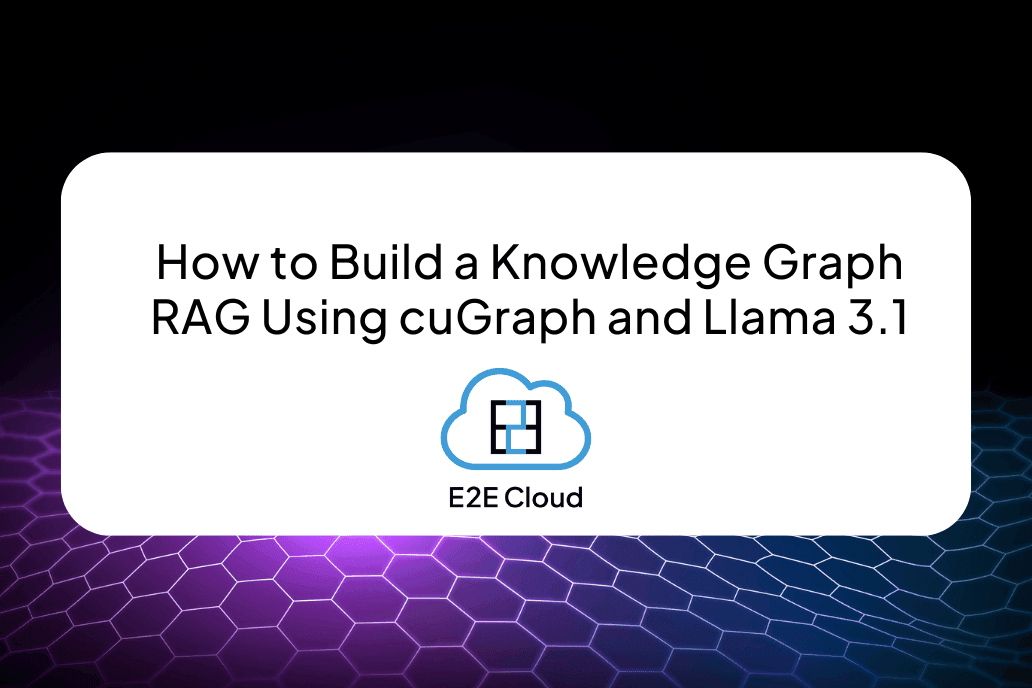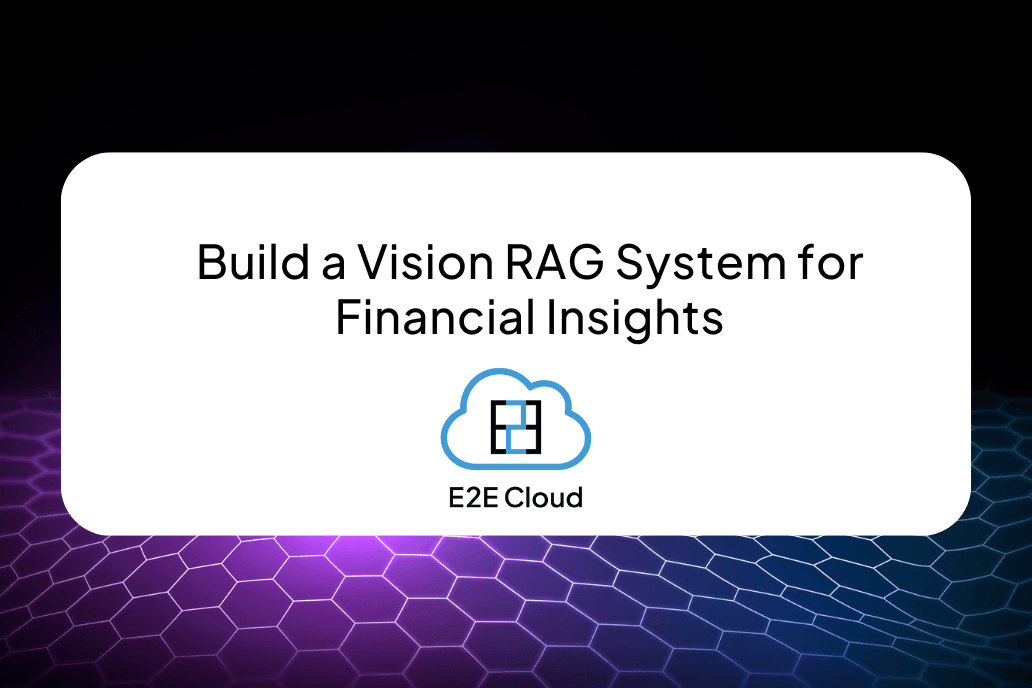Enterprise Resource Planning or ERP refers to a type of software that organizations use to manage day-to-day business activities such as accounting, procurement, project management, risk management and compliance, and supply chain operations.
While there are ERP solutions offered by big vendors, such as Oracle and SAP, these solutions can’t be deployed by small and medium scale businesses as they require large-scale IT infrastructure and are also costly.
What businesses can opt for otherwise are free and open source ERP solutions that can be deployed on the cloud with minimum investment. They can also be easily modified according to specific business needs. Here’s a look at the seven best open source ERP options that businesses can choose from.
ADempiere
ADempiere is a Java-based ERP solution targeted specifically at small and medium scale enterprises. The project was started in 2006, and it helps streamline operations across various fields. Its ERP suite features include Supply Chain Management (SCM) and Customer Relationship Management (CRM). These features help businesses easily manage and streamline sales, purchase, and inventory management with a single piece of software.
The software is easily accessible on Windows, Linux, and MacOS devices such as laptops, desktops, mobiles, and tablets. You can try a demo or access its source code if you want to learn more about ADempiere.
Metasfresh
Metasfresh is an open-source ERP solution designed to meet the ever-increasing needs and demands of businesses. Reflecting on the name, Metasfresh has been receiving weekly updates since 2015. Like ADempiere, Metasfresh, too, is Java-based and targeted at small and midsized businesses. The business functionalities of Metasfresh include contract management, sales, purchase, inventory, general ledger, and many more.
The software can be easily hosted on Linux servers and can be used on Windows, Android, iOS, and other popular systems. Although it is relatively new, Metasfresh was named a finalist for the Initiative Mittelstand’s "best of open source" IT innovation award.
Odoo
Odoo is offered as an integrated suite of ERP and CRM applications. The software includes modules for billing, accounting, and project management, to name a few. One of the remarkable features of Odoo that make it highly useful for businesses is that these independent modules can communicate with each other. This helps streamline data exchange and enhance productivity and business operations.
Odoo has been a recipient of several awards. It has won the BOSSIE Award for the best open-source applications for three consecutive years in 2014, 2015, and 2016.
Bitrix24
Bitrix24 is a free ERP solution that fits businesses of all sizes. It is one of the most popular ERP tools being used by over four million companies worldwide. Bitrix24 ERP suite offers apps for customer relationship management (CRM), employee management, billing and invoicing, business intelligence, and many more. The modules are well organized, allowing individuals with minimal tech experience to use the software easily.
The software can be deployed on-premise and on-cloud with open source code access. Bitrix24 also provides 24/7 live representative support for assisting its customers.
Axelor ERP
Axelor ERP is a complete ERP package that features over twenty components. The components help manage operations ranging from finance to sales and accounting to stock management. The USP of Axelor ERP is its easy-to-use user interface. Every action can be completed in a couple of clicks with Axelor ERP. For instance, if you need to raise a refund request from a customer, go to the Invoicing tab and click Cust. Refunds.
You can install Axelor ERP from the Docker Image or the source code available on GitHub. You can also try a demo of the software before considering a full-scale deployment.
BlueSeer
BlueSeer is aimed at small and medium-sized businesses as well as individuals. The software is completely and truly free-to-use with no registration or keys required. BlueSeer was developed for businesses involved in manufacturing, warehousing, and logistics to eliminate the costs of technical support and proprietary source code. The single goal was to provide an alternative to expensive commercial ERP solutions that couldn’t be afforded by small businesses and individuals.
The solution offers general ledger, shipping, purchasing, and document generation features, to name a few.
OpenPro
OpenPro is an integrated suite of ERP, CRM, HRMS, and eCommerce solutions. The software helps streamline all your business operations with a single system. OpenPro provides real-time visibility into Key Performance Indicators (KPI) for better, faster decision-making. It can be deployed on-premise or on the cloud. You can download OpenPro from here or access the source code from GitHub.
Conclusion
Enterprises can choose any of the seven above-mentioned open source ERP solutions based on their needs and preferences. These solutions can seamlessly be deployed on E2E Smart dedicated Compute.
E2E offers powerful servers with advanced data backup and security features. The servers are also easily scalable and come at highly affordable prices, starting as low as INR 6324 + 18% GST/ month.
To know more about E2E cloud, please visit https://www.e2enetworks.com/product.


For free trial please click here :- http://bit.ly/3hyNiWB

